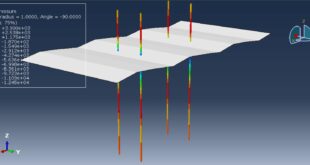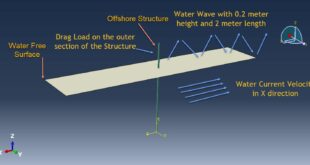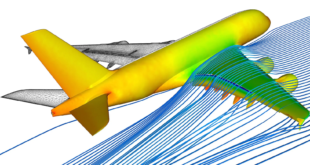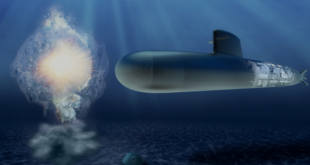In this tutorial, the simulation dynamic bending behavior of the concrete pipe strengthening with epoxy lining in Abaqus has been investigated. Pipelines are an essential component of a city’s infrastructure. Compared to other structures, buried infrastructures have a higher risk of deterioration due to the particularly harsh surrounding environment. Deterioration is a loss of structural capacity with time as the result of external factors such as overloading, earthquakes, and cyclones or material weakening in an aggressive environment such as .as sulfuric acid-induced corrosion and chloride-ion penetration. Pipeline failures can cause the potential of flooding neighborhoods and residences, traffic disruption, and pollution of underground water resources and it can result in costly consequences. Spray-on lining with concrete/cement mortar is the oldest method of pipeline rehabilitation. In this method, a polymeric lin-ing like epoxy and polyurethane or cement mortar is sprayed inside of the deteriorated pipe to stop internal corrosion, potentially re-store hydraulic capacity, and eliminate water quality deterioration arising from, for instance, iron or steel corrosion and associated scaling. The ability to achieve one-day return to service, nearly effortless service reconnections, minimal community impacts and low installation costs are the main attractive features of spray-on
lining compared to other rehabilitation methods used for water mains. Uncertainty about the structural benefits of these linings has always categorized their applications as a “non-structural” rehabilitation method
The concrete pipe and epoxy are modeled as a three-dimensional solid part. You can see a figure of the assembled parts at below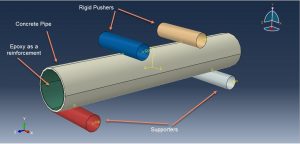
The Concrete Damaged Plasticity model is used to define concrete pipe behavior under dynamic bending load. The model is a continuum, plasticity-based, damage model for concrete. It assumes that the main two failure mechanisms are tensile cracking and compressive crushing of the concrete material. The epoxy is modeled as an elastic material type traction with traction separation law to define damage and failure behavior during the dynamic bending load. The dynamic explicit step is appropriate for this type of analysis. The surface to surface contact algorithm with contact property is used between rigid bodies and the concrete pipe. The perfect contact is assumed between the internal surface of the concrete pipe and the outer surface of the epoxy part. The fixed boundary condition is assigned to the two bottom rigid bodies and displacement boundary to the two top rigid bodies with a smooth amplitude to apply smooth load. The should be fine to obtain correct results
After the simulation all results such as stress, strain, tensile and compression damage for the concrete, damage for the epoxy and force-displacement diagram are achievable You can see some figures for the results below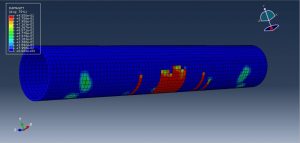
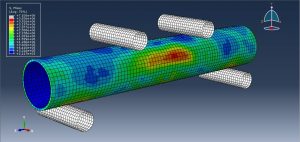
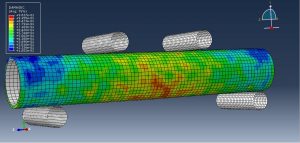
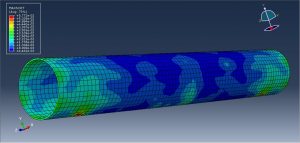
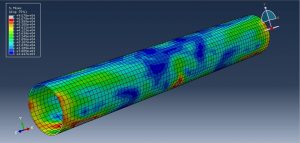
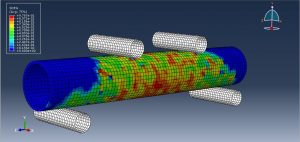
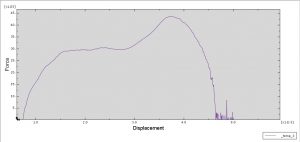
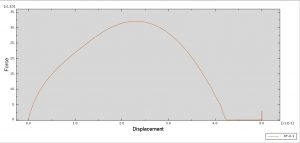
You can provide CAE ,INP,and English video files of this simulation here. The cost of these files is Twenty-Six Euros. you can click on the bellow bottom to beginning process
You can purchase the tutorial through a PayPal account, a Visa, or a Master card, just before payment,send me an email to this address: karampourp@gmail.com
 Abaqus tutorials Abaqus tutorials
Abaqus tutorials Abaqus tutorials
